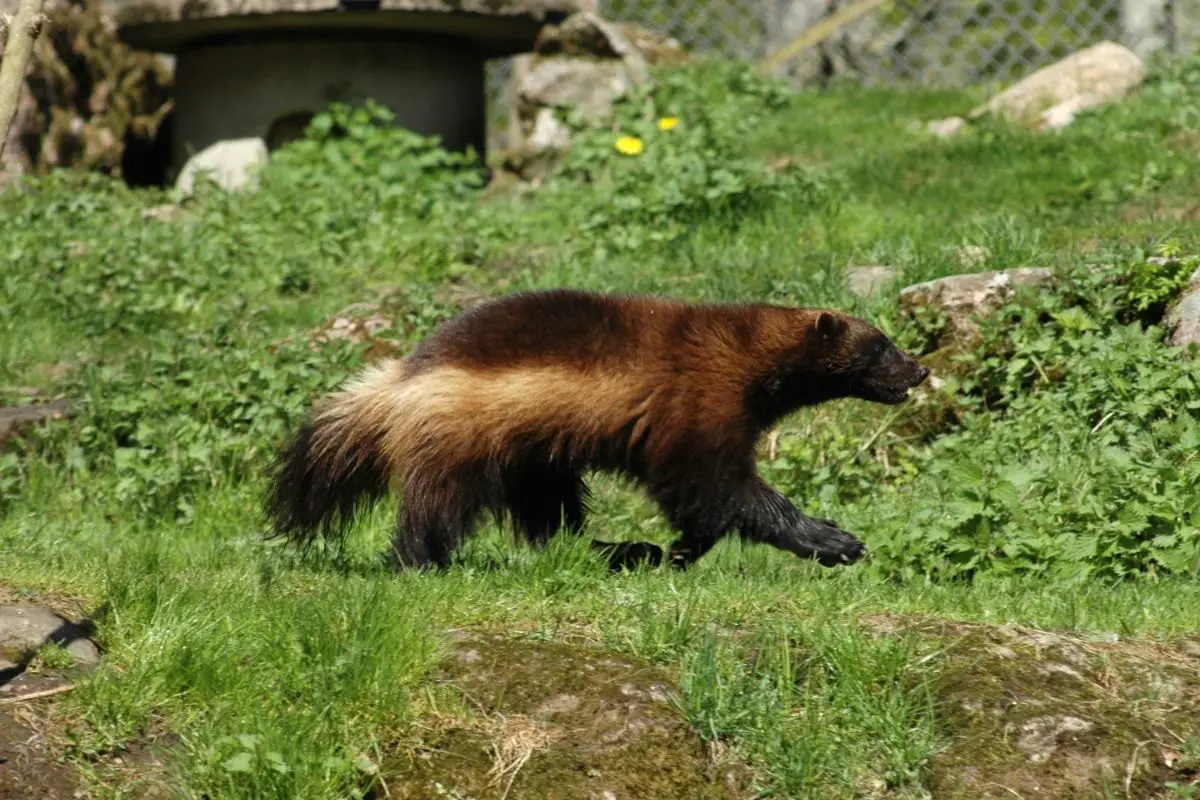
Yes, the honey badger and the wolverine are related because they are fierce mammals that belong to the weasel family, Mustelidae, from the order Carnivora. The members of the mustelid family are broad and include species of otter, weasels, minks, ferrets, martens, and other species of badgers. Curiously, you would think that skunks belong to this family, but recent molecular analysis suggests that they belong to their own group.
The honey badger and the wolverine would undoubtedly be at home in a scene from the Wind in the Willows, but they would never meet in real life. But I must admit to an interest in comparing these two animals because of their similarities and differences.
More About Mustelidae
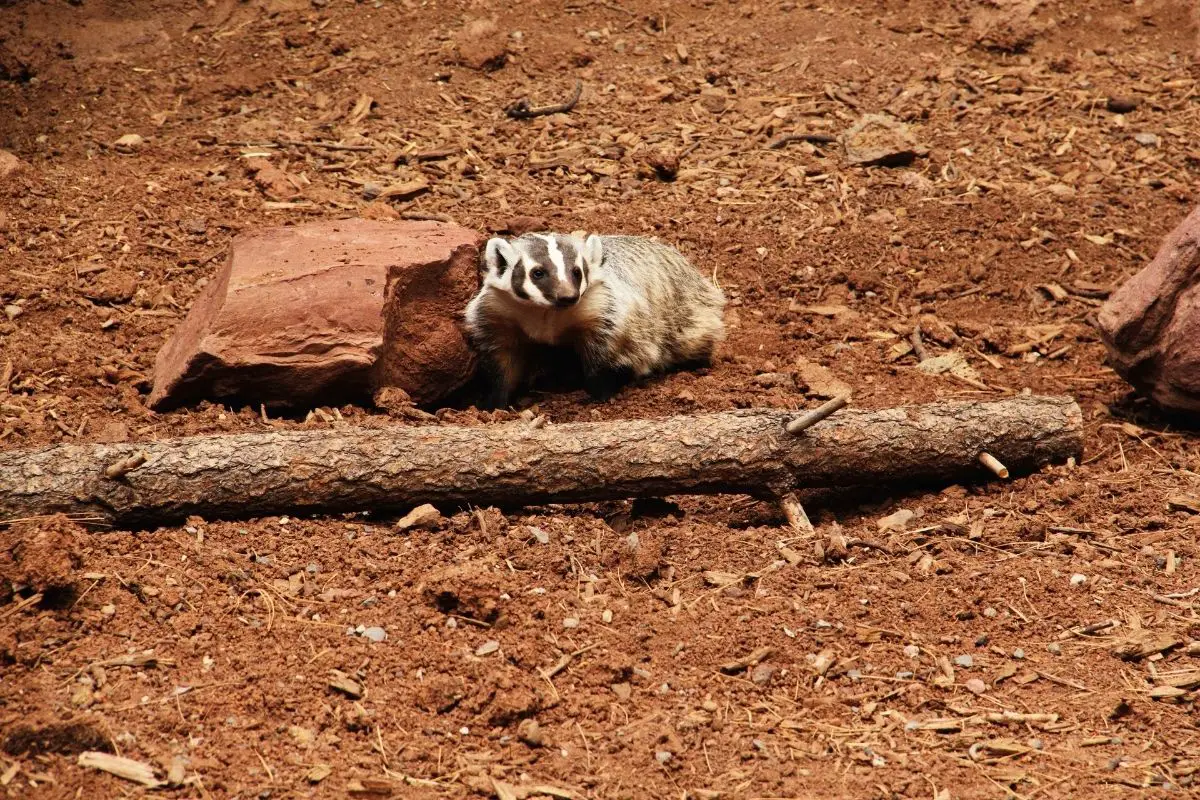
The mustelid family is the largest in Carnivora, comprising 56 species. They are found on five of the seven continents, with Australia and Antarctica being the exception. The largest is the wolverine on land and the sea otter in the water.
The smallest is a creature called the Least Weasel and is tiny, weighing a maximum of 250 grams. All the members of this genetic family possess anal glands that secrete a substance that emits a musk scent used for territory and defense.
Wolverine Basics
I rather thought the Encyclopedia Britannica was joking when I looked up the scientific name of the wolverine – Gulo gulo. This must be the least scientific-sounding name I have encountered to date. But I digress.
The wolverine is also referred to as a Glutton Carcajou or Skunk Bear, although it is related to neither bears nor skunks. It is the largest of the land-dwelling mustelid family. It looks a little like a bear, though it is short and squat, with an average length of 26 to 40 inches, excluding its bushy tail, which is another 5-10 inches.
It has a shoulder height of approximately 14 to 18 inches, and it weighs around 66 pounds at maturity. It has short legs with semi-retractable claws (Hugh Jackman, eat your heart out). It has a black-brown coat and a light brown stripe on either side of the body from neck to tail.
Its fur is hydrophobic and has an oily feel, which means that a wolverine’s coat is resistant to water, snow, and frost. A wolverine likes meat and bones from mammals, including porcupines, but they occasionally consume fruit and seeds. They also like bird eggs if they can reach them.
Wolverines are also opportunistic and are known scavengers.
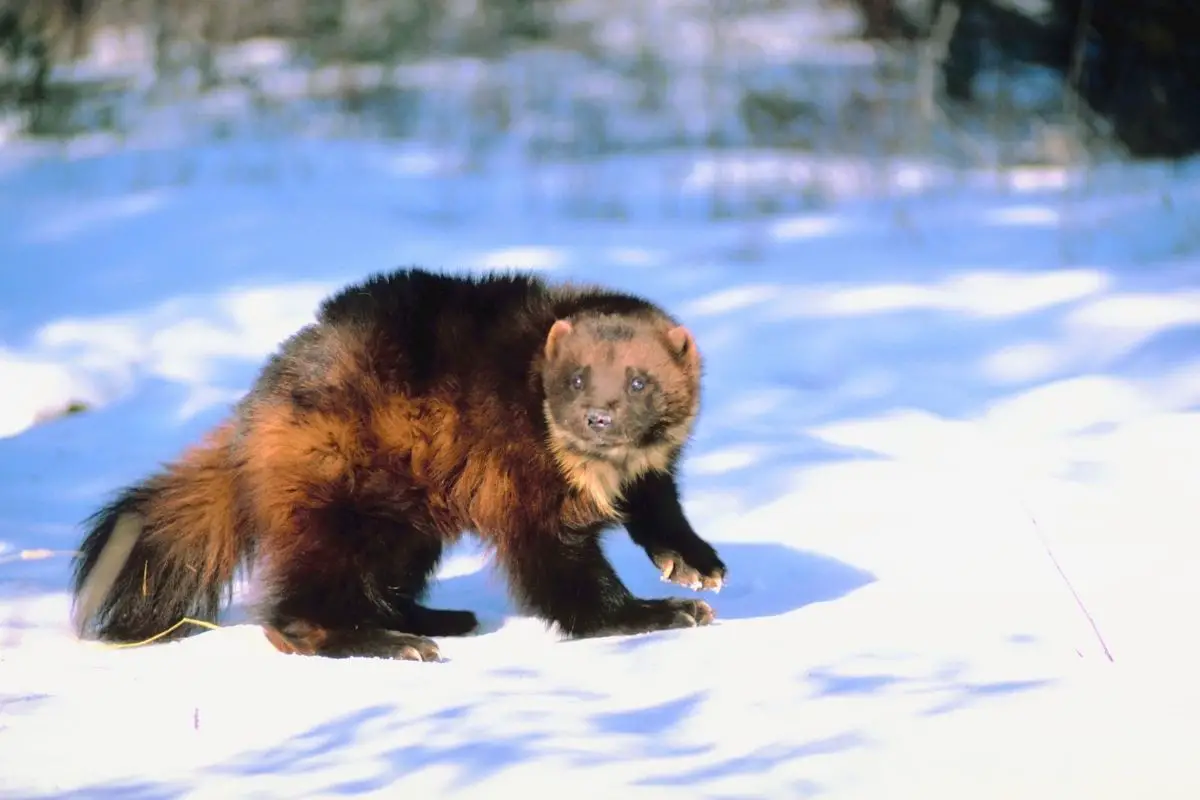
Honey Badger Basics
The honey badger has the much more formal sounding scientific name of Mellivora Capensis and may also be referred to as a Ratel, an Afrikaans word referencing the rattling sound they make when startled as a deterrent or warning. A honey badger does not look like a bear but rather like the more traditional badger with the face of a ferret. It has a coarse black coat and a silver-white stripe that runs from its head to its tail like someone took a paintbrush to the top of their body.
They have sharp, strong claws designed for digging and defense and powerful but stout legs. A honey badger is much smaller than a wolverine and is classified as medium-sized. It weighs approximately 30 pounds at maturity and averages 11 inches at shoulder height.
Their length is about 22 to 38 inches, and their tail is another 5 to 10 inches. Honey badgers are primarily classified as omnivores, but their preferred diet is small mammals. They are not picky, and their diet is adaptable depending on what is available.
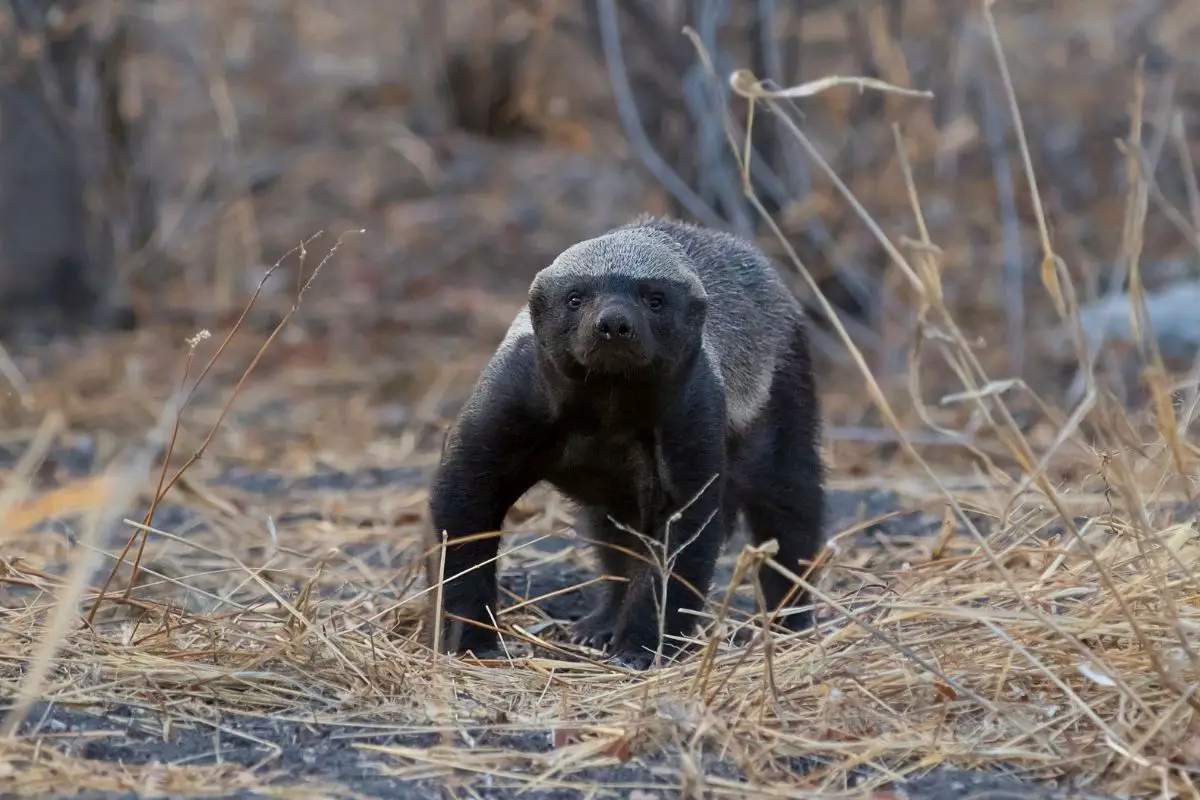
Habitat of the Wolverine
Wolverines like cold climates and are mostly found well above the equator line in sub-arctic and arctic areas like Alaska, Canada, Mongolia and Russia, Scandinavia, and the Baltic countries. They are winter animals that prefer a forest environment. They like to pounce on, and ambush prey, and trees provide this opportunity.
Wolverines are excellent climbers. A wolverine has an extensive range and will walk up to 12 miles a day in search of food. Very cleverly, a wolverine uses the snow to store and preserve food, returning to its cache when food is scarce in the depths of winter.
It has a unique jaw and teeth
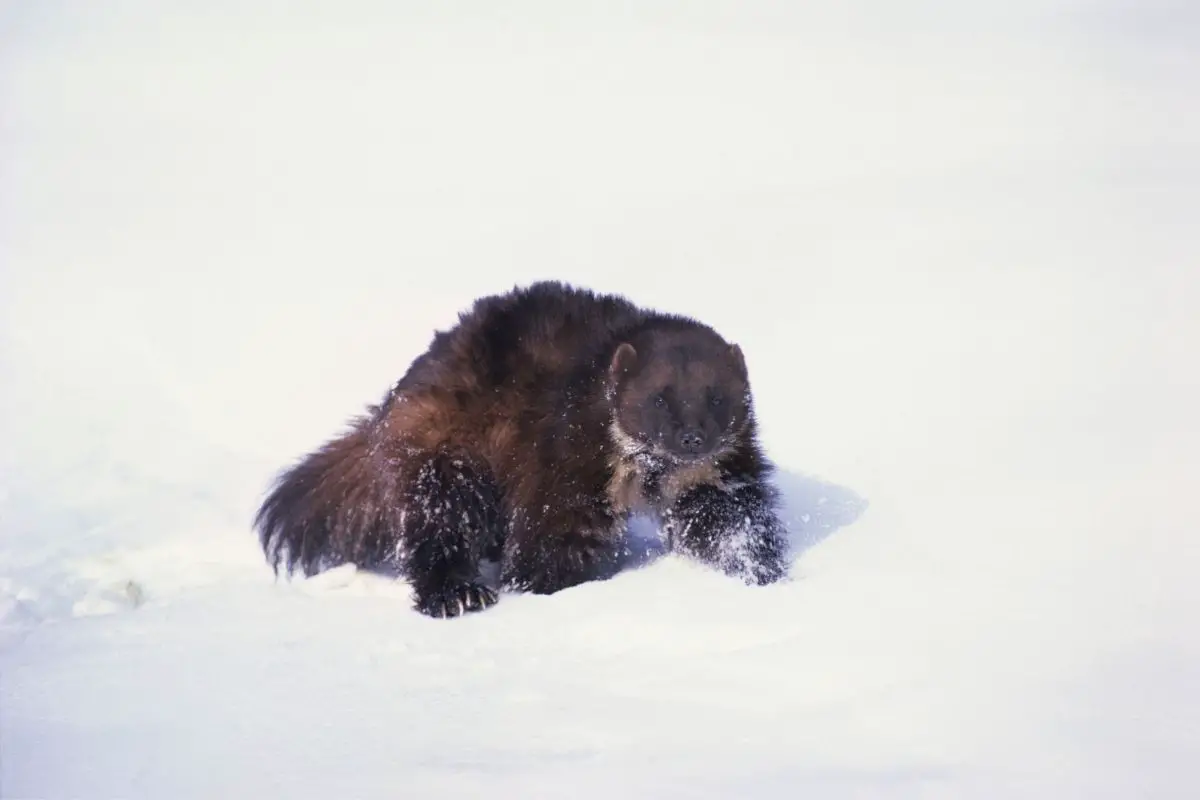
Habitat of the Honey Badger
Unlike the wolverine, the honey badger is found in sub-Saharan Africa, Arabia, and the western half of Asia. There are twelve subspecies in the Mellivora family. They prefer arid conditions but are tolerant and adaptable to the environment except for extreme desert biomes or excessively rainy areas.
They burrow holes to hunt and to make a nest for themselves. Like the wolverine, the honey badger will travel to find food. Males will forage further from home than female honey badgers, likely because offspring are raised primarily by females of the species.
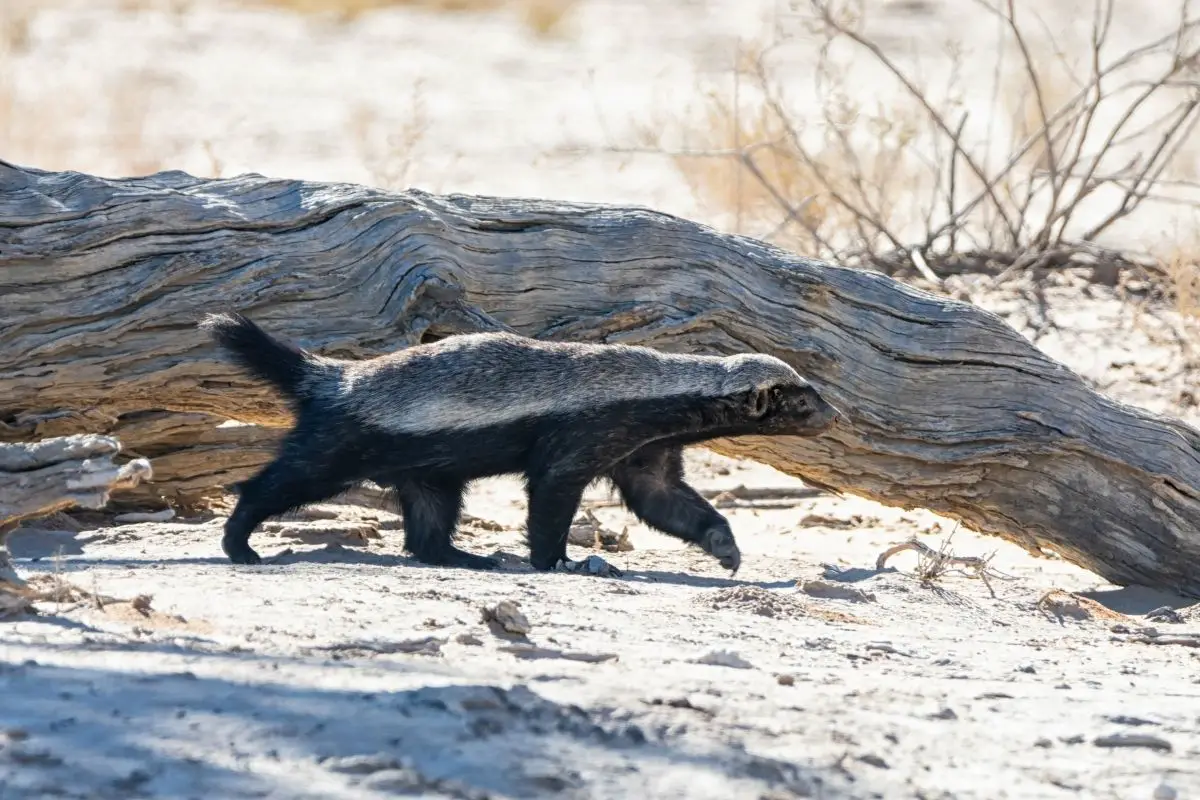
Honey Badger and Wolverine Similarities
Both are solitary creatures who will hunt even if they are not particularly hungry. A honey badger and a wolverine are considered predators who will take on those more significant than themselves and still win. These creatures are primarily nocturnal.
These creatures burrow or dig a tunnel or den to sleep in, but they will make do with what the environment has to offer if there is no opportunity for shelter. This includes using vegetation like tree roots and rocks in the case of wolverines and termite hills in the case of honey badgers. These species are mutually blessed with short, powerful legs and even more powerful claws.
Their bites are incredibly strong, and a honey badger has a strong enough bite to break a tortoiseshell. Meanwhile, the wolverine has special 90-degree molars that aid in tearing meat and breaking bones. Both are considered scavengers and omnivores with adaptable diets depending on availability.
The honey badger and the wolverine both have anal glands that emit a strong musk scent that can be used to drive away opponents. Personally, as interesting as they are, they are not terribly attractive.
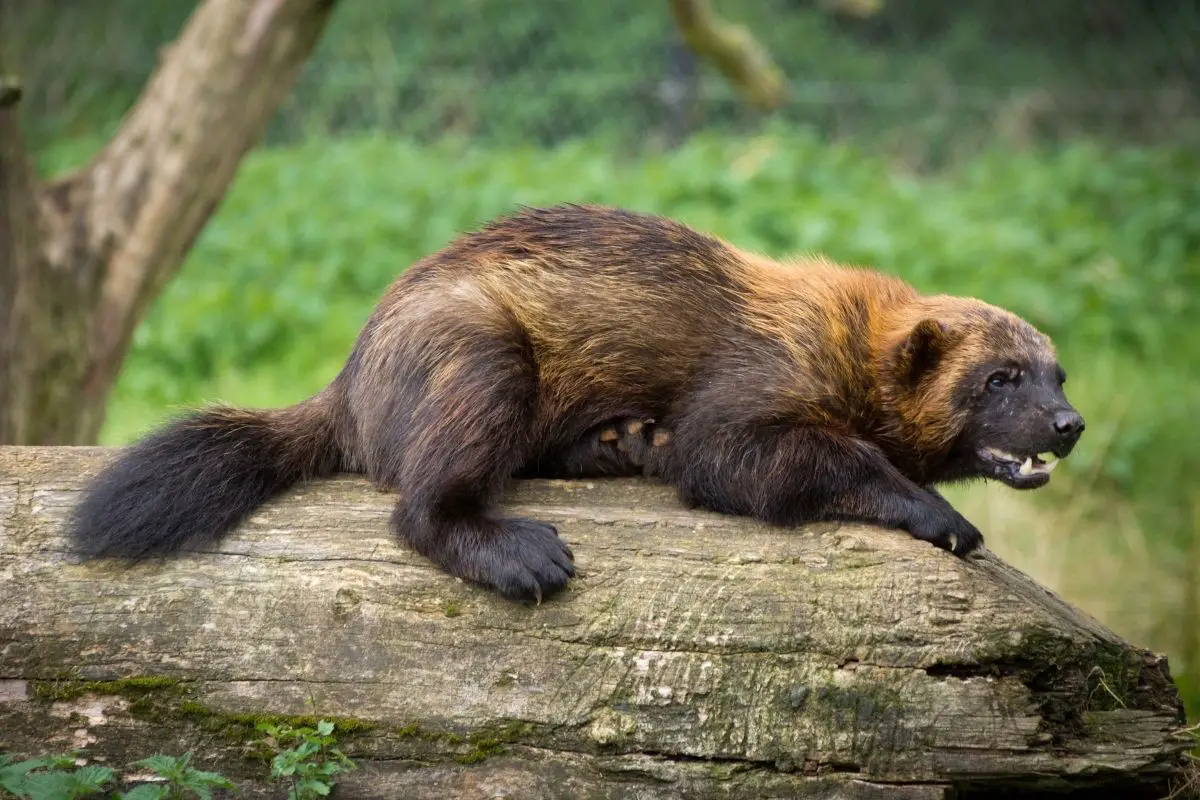
Honey Badger and Wolverine Differences
In a Game of Thrones analogy, a Honey Badger would be from the South, in Sand Snake territory, while Wolverines would be hanging out in Winterfell. Both are well equipped to survive in their respective hot and dry or cold and snowy environments. Neither would prevail in their relative’s environment.
A wolverine is far bigger than a honey badger, and while both have an acute sense of smell, neither have good eyesight, and the wolverine fares slightly better in the aural (hearing) stakes of the two species. The wolverine has a leg up on the honey badger when it comes to speed, and a wolverine can run up to 30 mph, whereas the honey badger only averages 19 mph. Wolverines are better climbers.
Their coloring is different and a wolverine is brown, whereas a honey badger is black and silver-white.
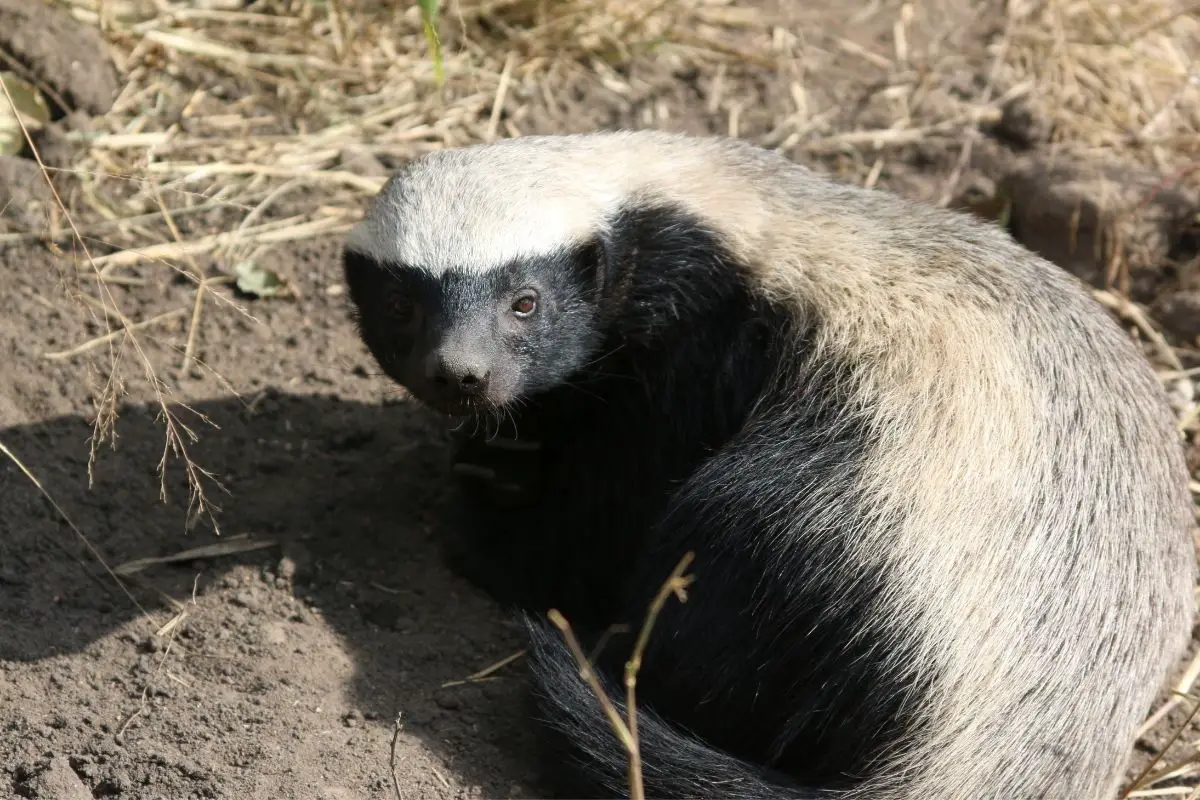
Honey Badger Versus Wolverine: Who Would Win?
Even though the wolverine is larger than the honey badger, both face fierce competition in the circle of life, having to regularly face off with other larger predators like lions and hyenas in the case of the honey badger and wolves and bears in the case of the wolverine. The honey badger does well in close combat and is direct, while the wolverine prefers to ambush its prey and take them by surprise. The internet is divided.
Some think that a honey badger would come out on top, most of the time through sheer cunning. One of the honey badger’s most significant advantages is its tough skin, it is resistant to venom, and it has a thick neck skin allowing it to wriggle around and attack its attacker. Those who reside in the Northern Hemisphere seem to think that most of the time, the wolverine would win.
There is a rather lengthy Quora thread dedicated to this very question. There is also an informed opinion from a park ranger on Slate, making for noteworthy reading. Based on the research I’ve done and the anecdotes I’ve come across from park rangers and naturalists, I would say that a honey badger would win more than half the time in a balanced environment.
I say this because the wolverine goes for the throat, where the honey badger is protected. Conversely, the honey badger goes for the genitals—a soft spot in most mammals.
The Round-Up!
Wolverines and honey badgers are the human equivalents of cousins, and they are different branches of the Mustelidae family – weasels. Both are loners, predators, and ferocious. Their downfall is their gluttony, but I can tell you that it is worthwhile reading about these animals.
They are fascinating and referenced a great deal in pop culture. If you have ten extra minutes, I recommend googling the honey badger or wolverine.
